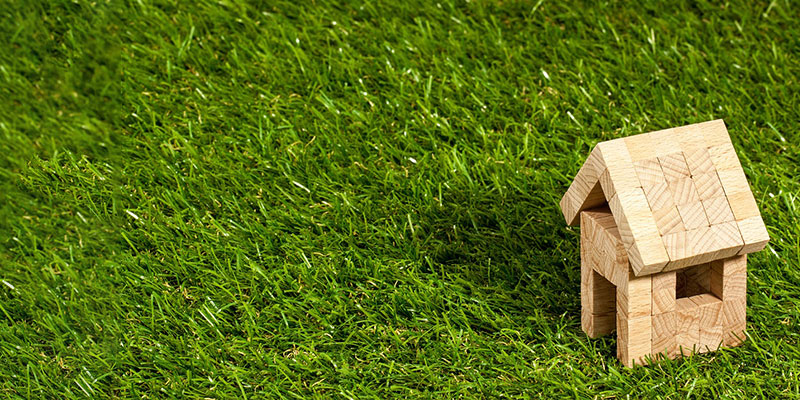
Not everyone can afford to hire a landscaper to overhaul their backyard in one go—and that’s okay! Most great gardens don’t start as masterpieces; they evolve over time with effort, money, and patience. If you’re ready to take your yard from “meh” to amazing, here’s a step-by-step guide to help you get there.
Step 1: Define Your Intention
What do you want from your yard? Is it a space for relaxation, play, hosting parties, sports, privacy, or curb appeal? Defining your goals will guide all your decisions moving forward.
Step 2: Layout Your “People Spaces”
Decide where you want functional areas like:
- Seating areas
- Storage
- Patios
- BBQs or outdoor kitchens
- Fireplaces or firepits
- Pathways
Step 3: Plan Your Beds
Sketch out where your garden beds will go.
Optional Step: Consider adding art pieces or water features. They can add personality and tranquility to your space.
Step 4: Lay Down Sod
Get your lawn started by laying sod or planting grass seed.
Step 5: Strategically Position Large Trees
Place trees thoughtfully throughout your garden beds. Keep in mind:
- Young trees need plenty of water, so plan for irrigation.
- Research how large they’ll grow over time to avoid crowding or damage to your home (a must for insurance!).
Step 6: Fill Spaces Between Trees with Shrubs
Shrubs are great for filling gaps between trees, but think long-term:
- Check the mature height and width of shrubs before planting.
- Some shrubs are easier to remove or replace later than others (e.g., mugo pines can be a hassle).
Step 7: Group Flowering Plants
For a more cohesive look, plant in groups of three. You can:
- Use three of the same plant to create a uniform cluster.
- Mix and match three complementary flowers for variety, and adjust placement later as they mature.
Step 8: Repeat Plantings
Repetition creates harmony and continuity in your garden. Use the same plant combinations throughout your yard for a polished look.
Step 9: Plant Your Own Seeds
Starting from seeds is an affordable way to grow your plant collection in large quantities without overspending.
Step 10: Incorporate Grasses
Grasses add texture, structure, and interest to your flower beds. They’re also low-maintenance and easy to split and transplant later.
Step 11: Add Vines and Climbing Plants
Vines are perfect for softening fences and other structures while also creating natural privacy barriers.
Creating a beautiful backyard doesn’t happen overnight, but with time and thoughtful planning, you can transform your space into something incredible.
Credits and Sources:
Polachic, Darlene. “Rules of the Gardening Road” Gardens West, vol. 20, no. 6, July August 2006, pp.65-75

